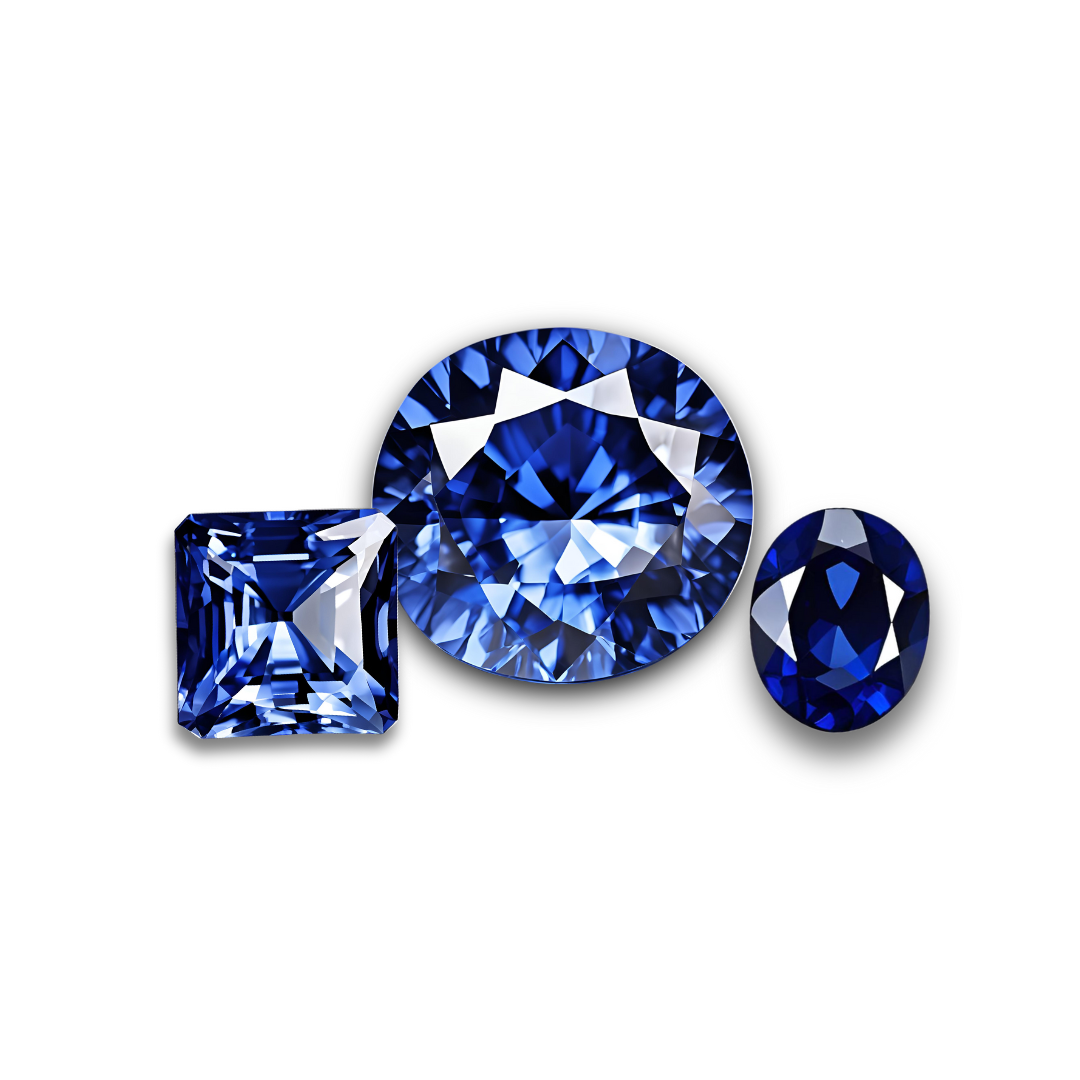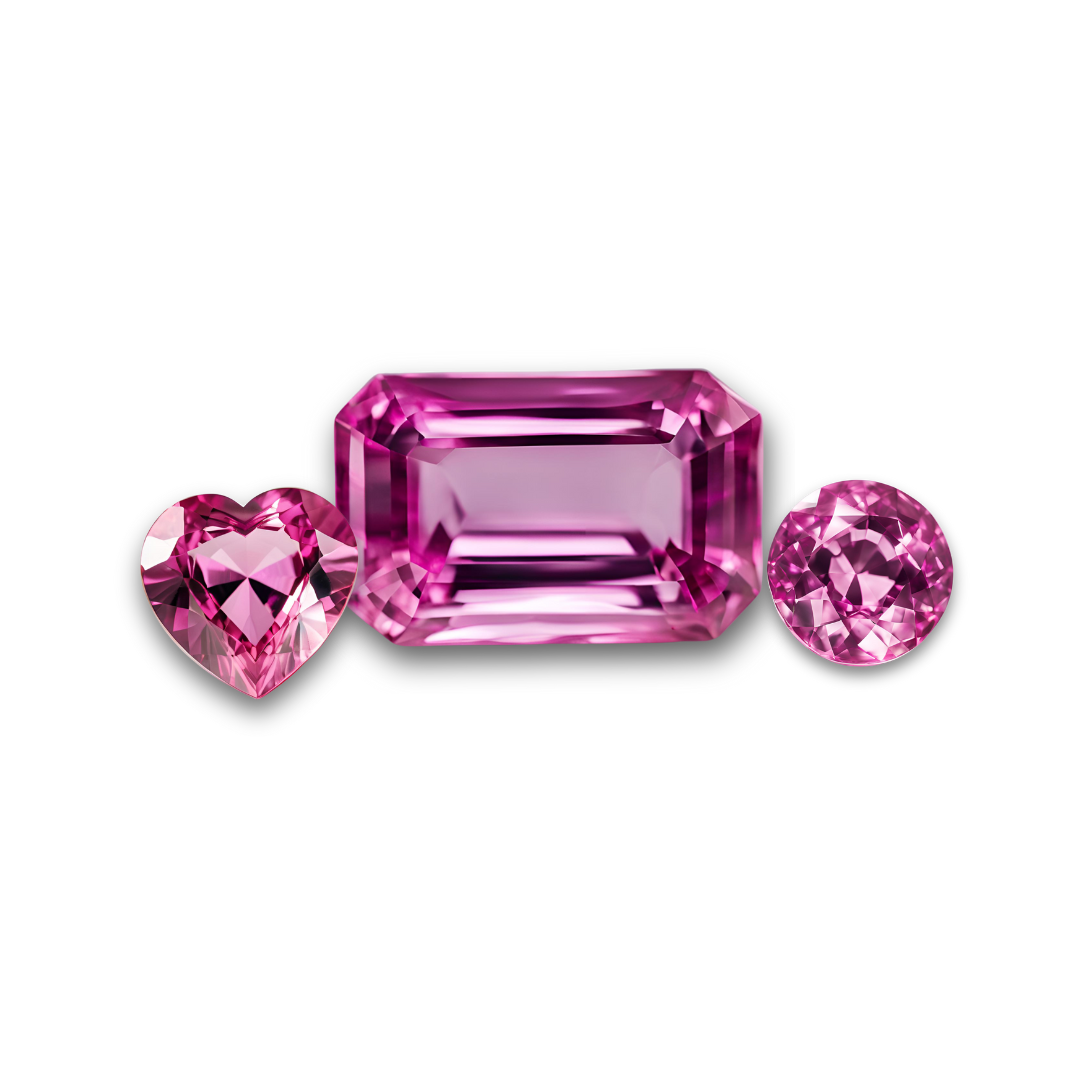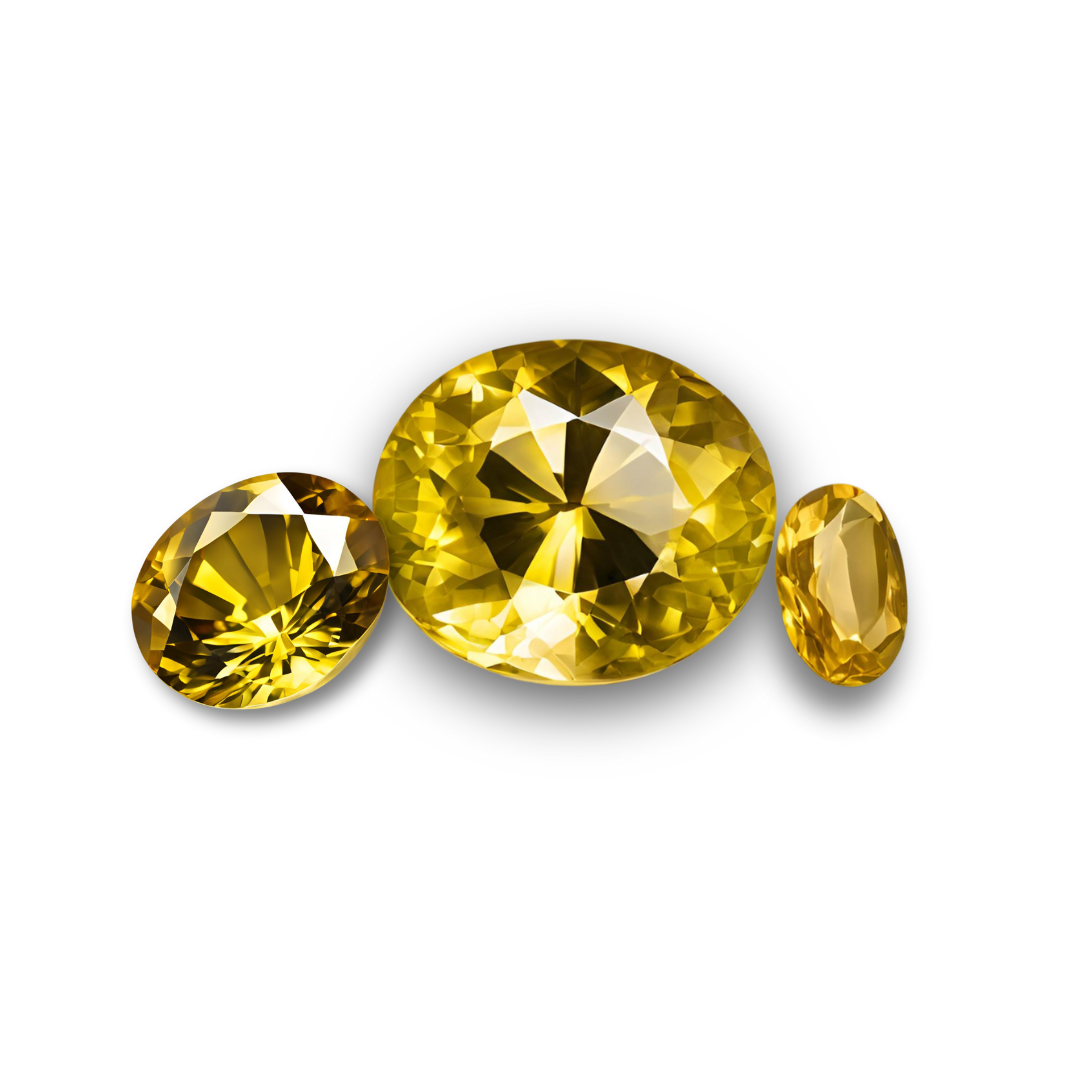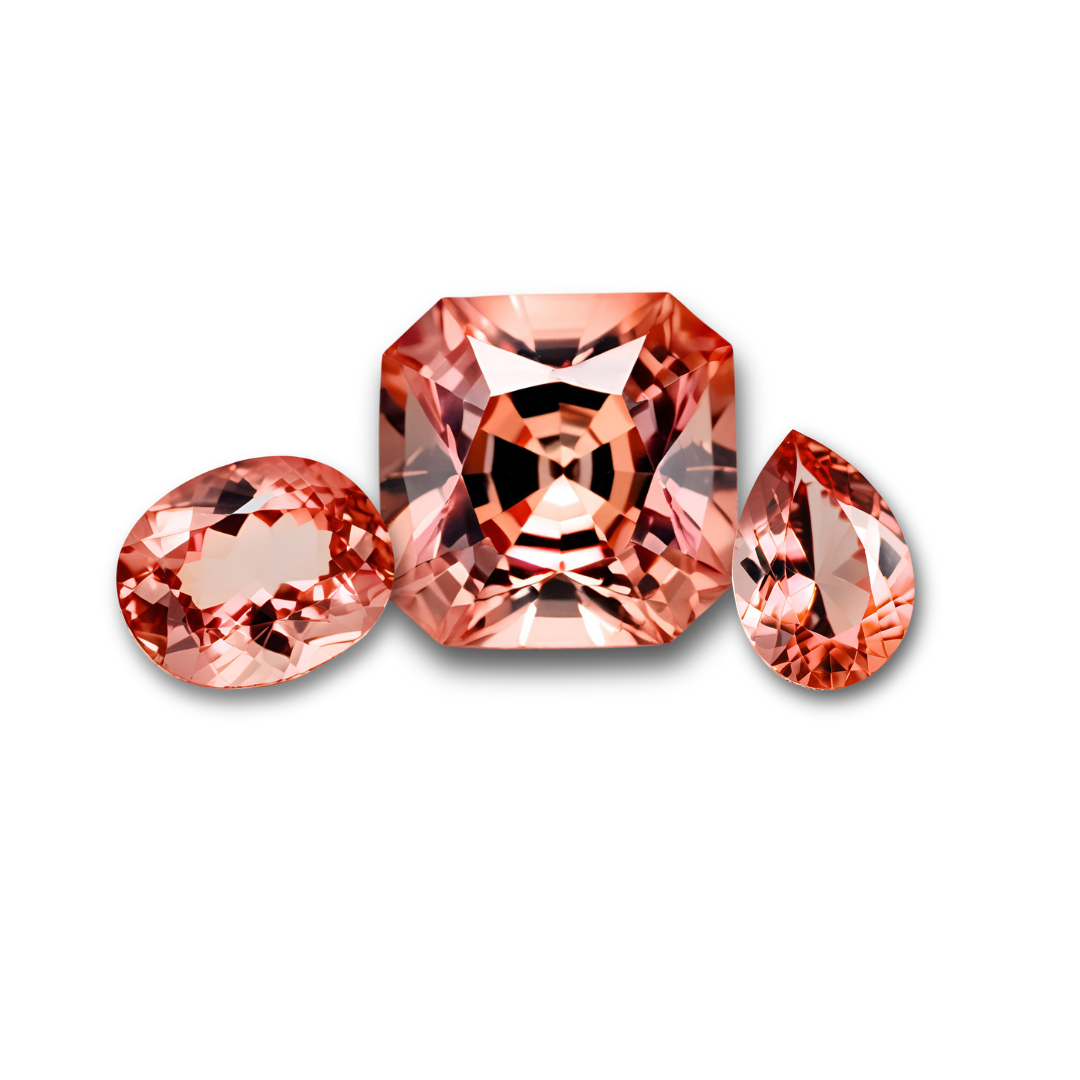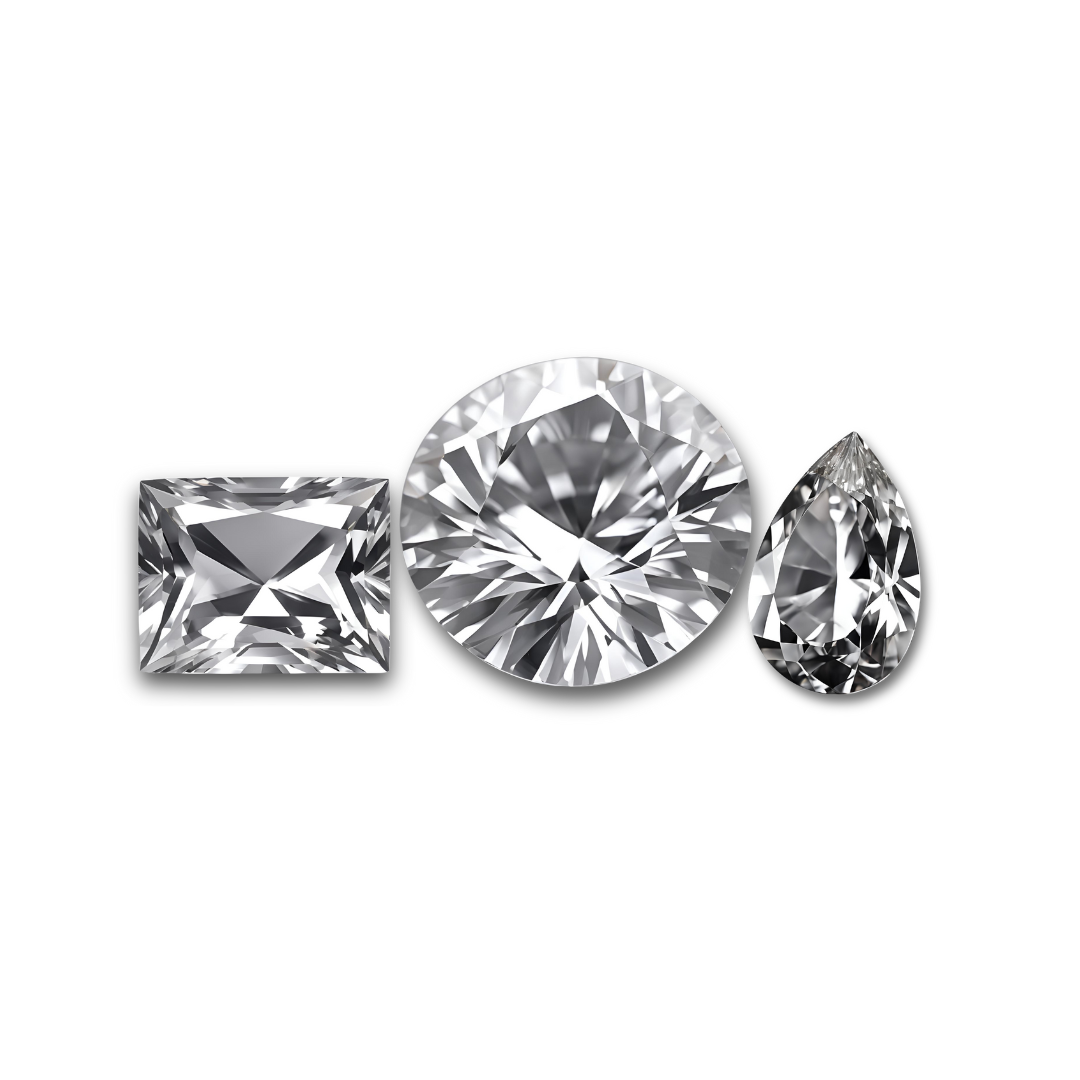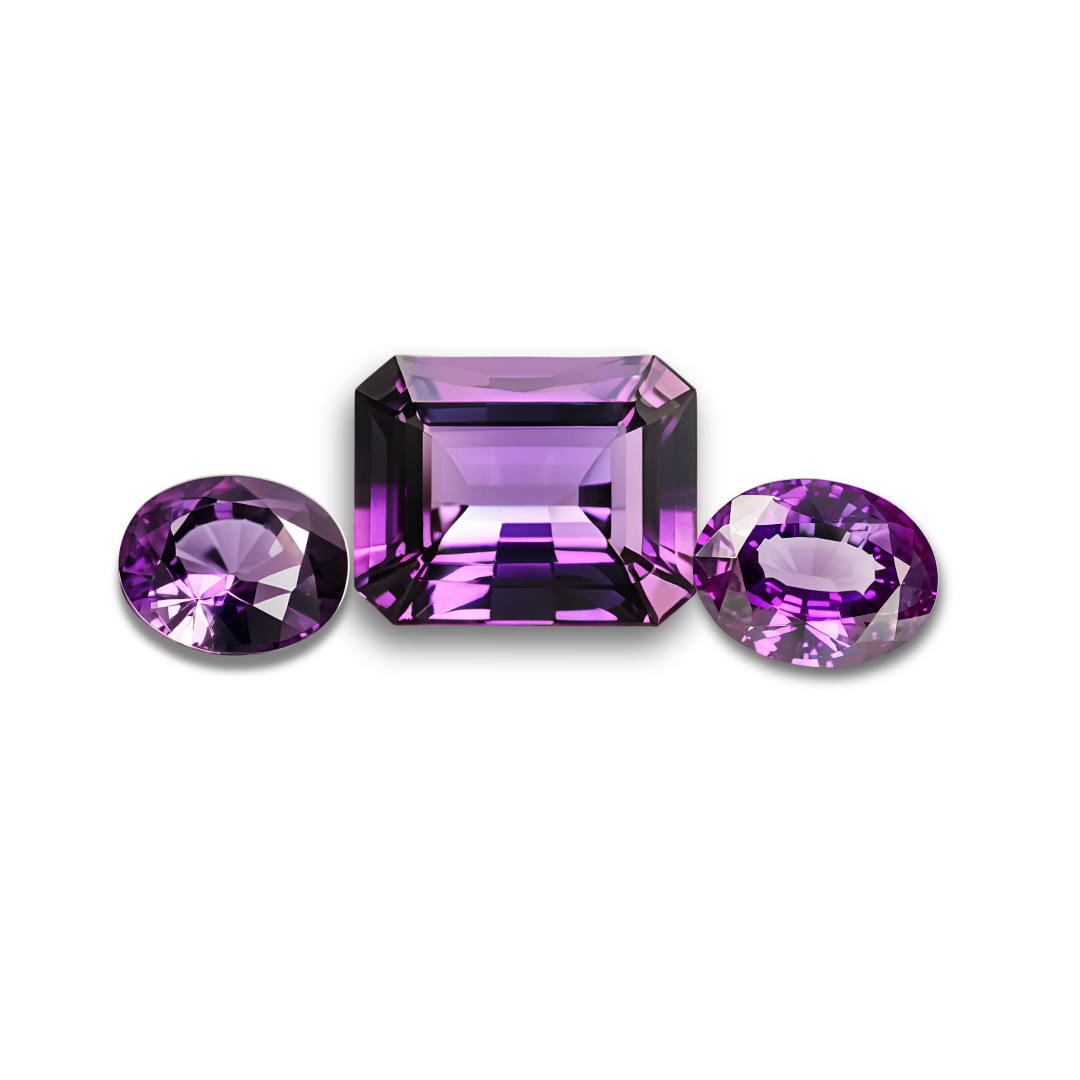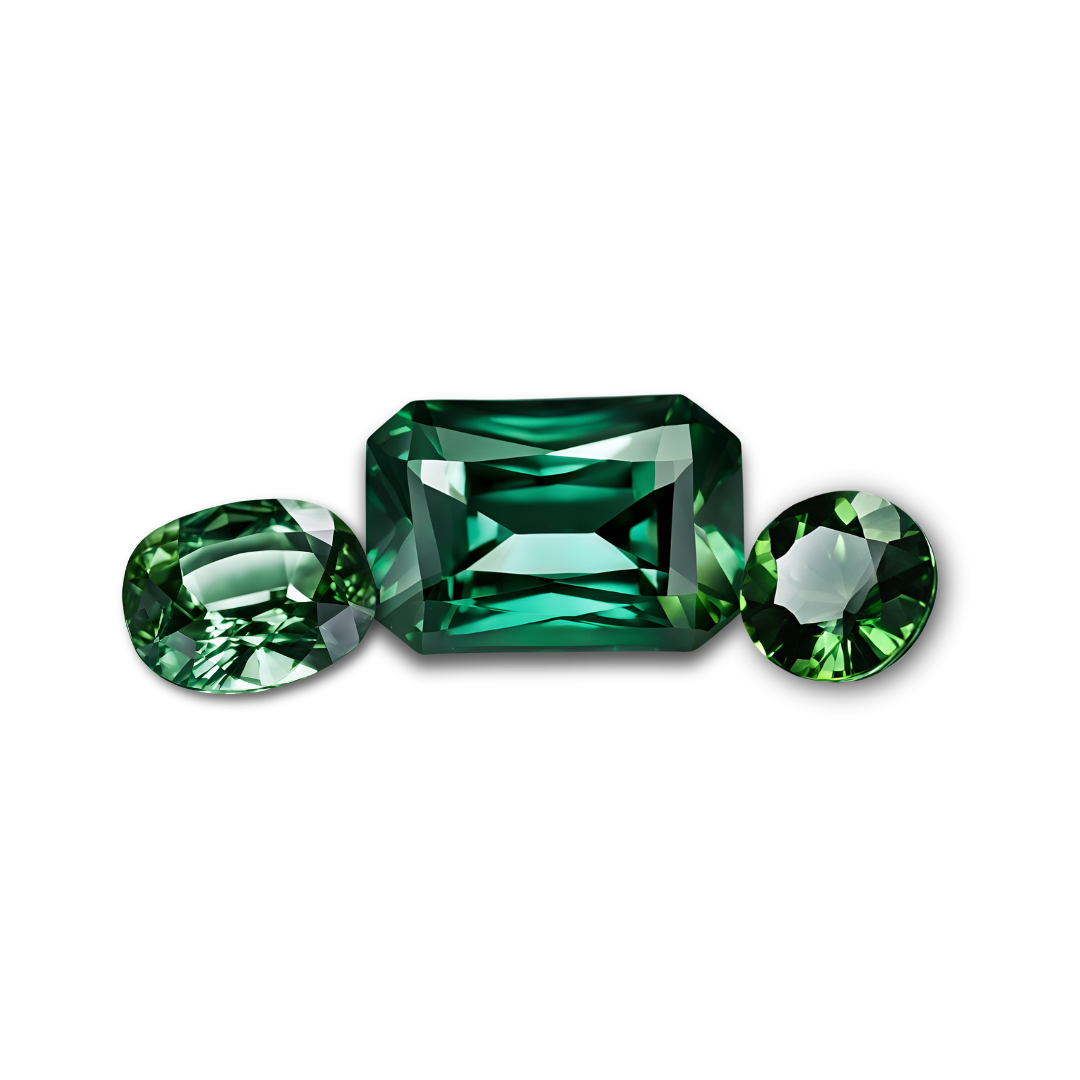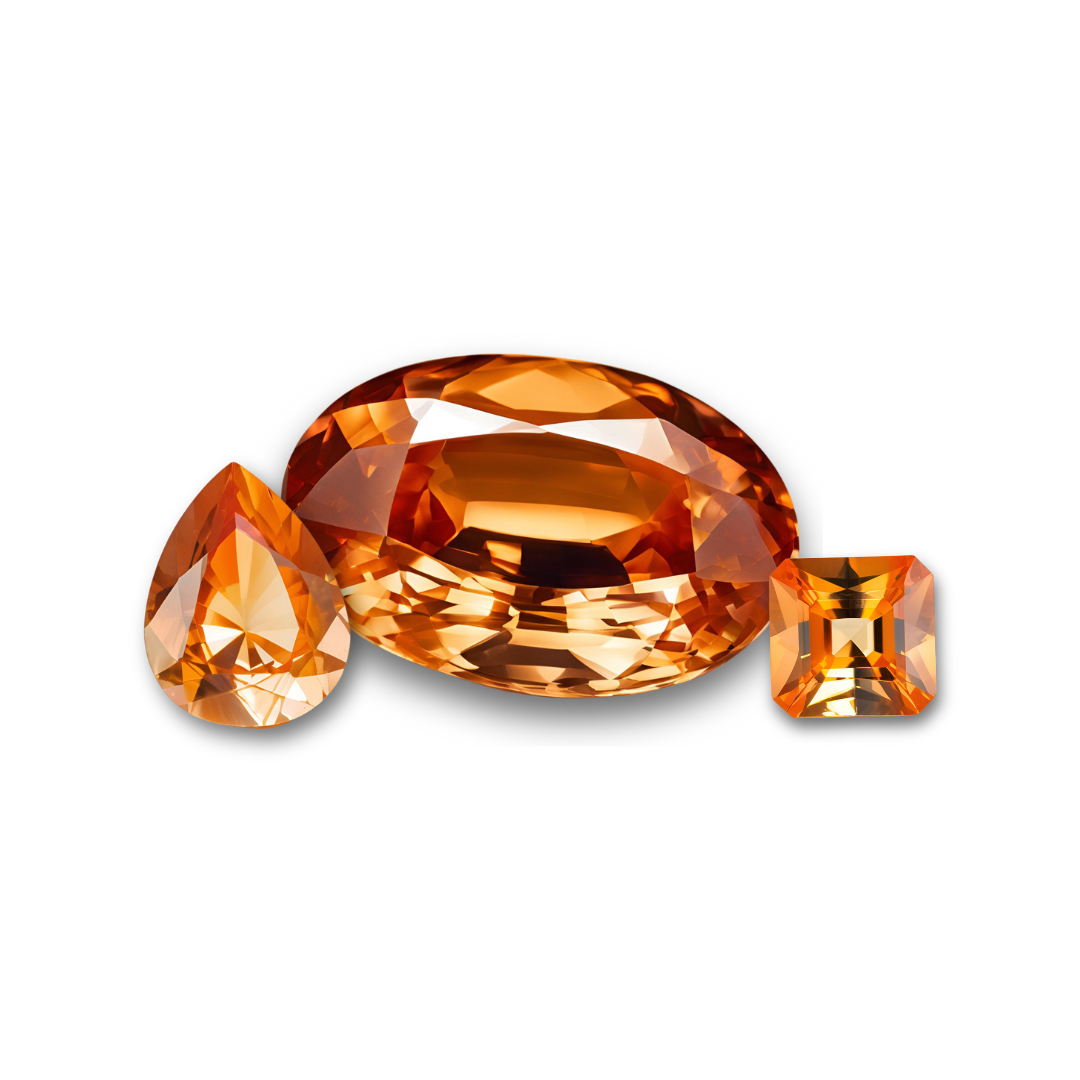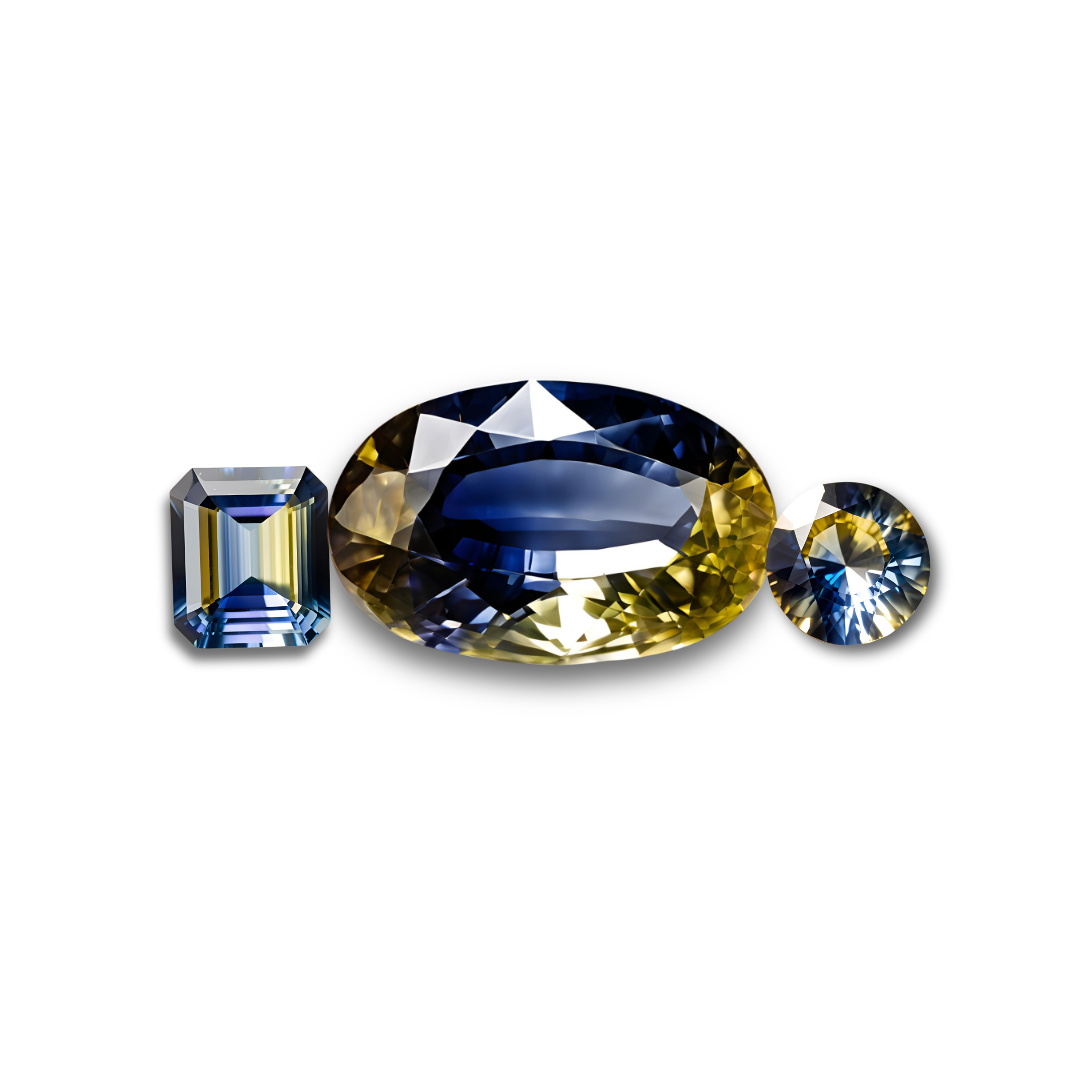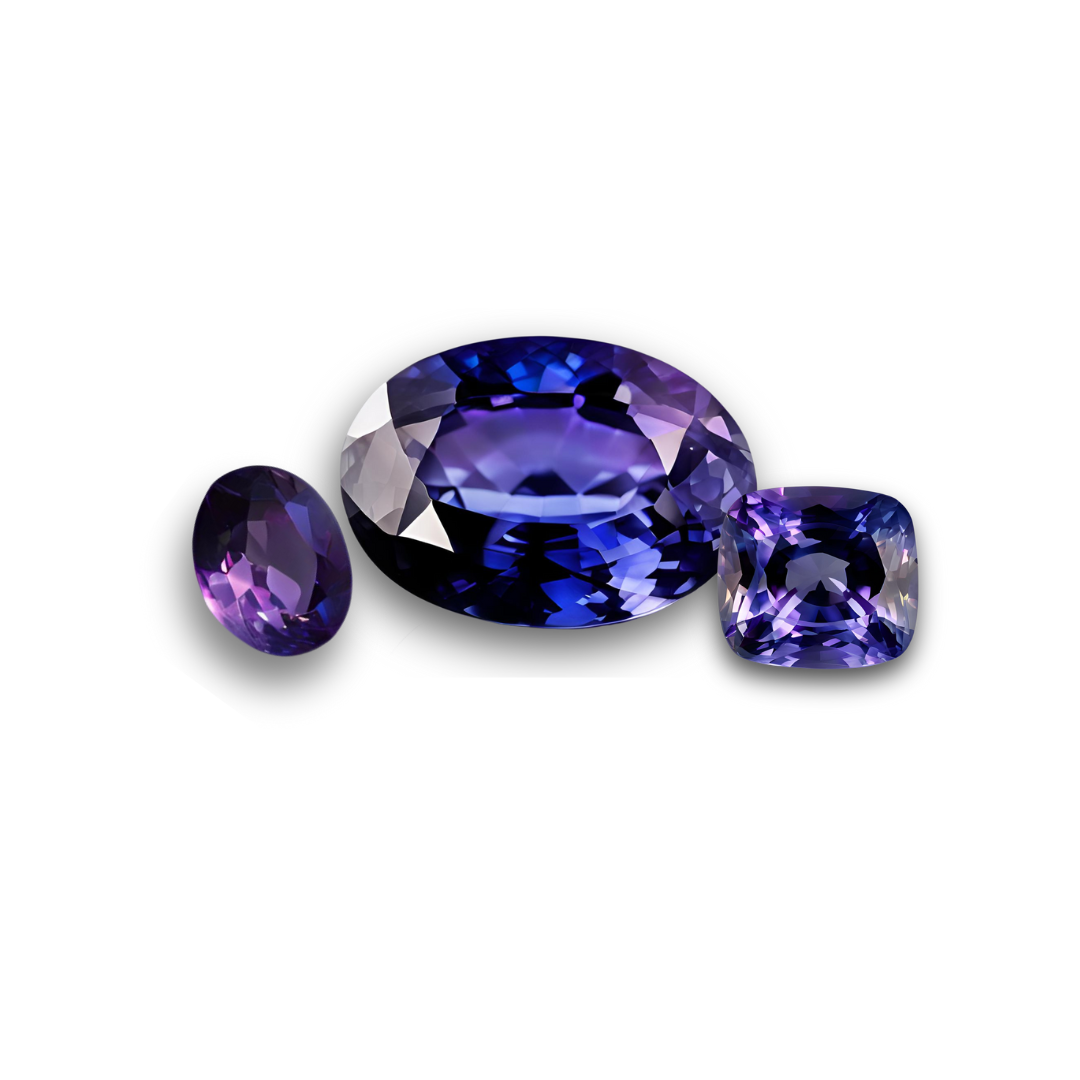- Bi-Colour Sapphire
- Colour-Change Sapphire
- Other
- Padparadscha
- Ruby
- Spinel
- Tourmaline
- Sapphire
- Amethyst
- Emerald
- Gemstones
- Citrine
- Ioliet
- Oval
- Round
- Antique
- Pear
- Octagon
- Asscher
- Baguette
- Princess
- Marquise Navette
- Heart
- Radiant
- Trilliant
- Sugarloaf
- Cushion
- cushion sq.
- hexagon
- Facetted
- Indication of Heating
- Natural
- No Indication of Heating
- Ceylon
- Africa
- Madagascar
- Pair
- Standardized Sizes
- Individual
Showing 1–12 of 302 results
-
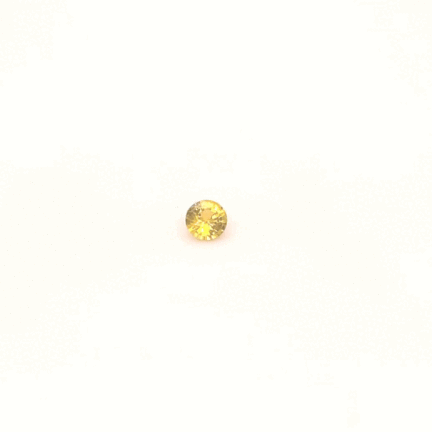
Sapphire Round Bi-colour
bi-colour-round-Sapphire-459
€168.00 0.48 ct5.0 mm - Heated1 in stock
-
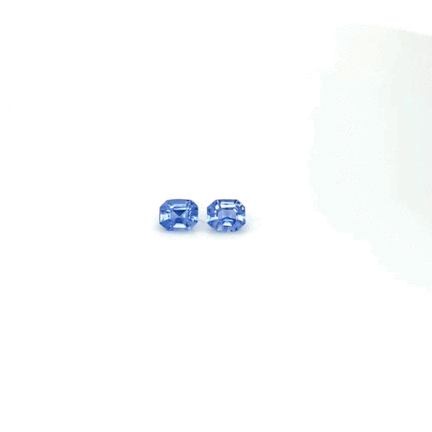
Sapphire Asscher Blue
blue-asscher-Sapphire-1232
€1,100.00 1.10 ct5.2 x 4.4 mm - Heated1 in stock
-

Sapphire Asscher Blue
blue-asscher-Sapphire-761
€780.00 0.78 ct4.9 x 4.9 x 4.7 mm - Heated1 in stock
-
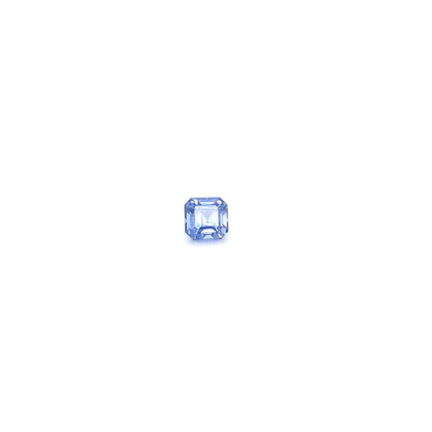
Sapphire Asscher Blue
blue-asscher-Sapphire-987
€976.00 1.22 ct5.5 x 5.4 x 4.2 mm - Heated1 in stock
-
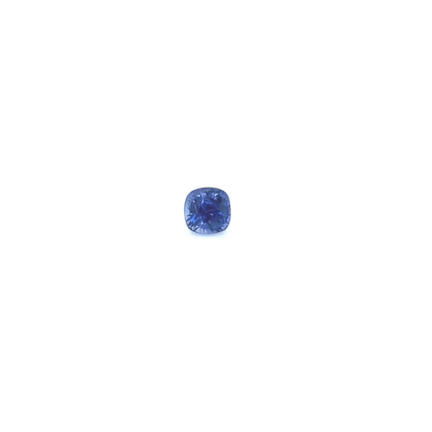
Sapphire Cushion | sq. Blue
blue-cushion sq.-Sapphire-1440
€1,936.00 1.76 ct6.14 x 6.15 x 5.31 mm - No Heat1 in stock
-
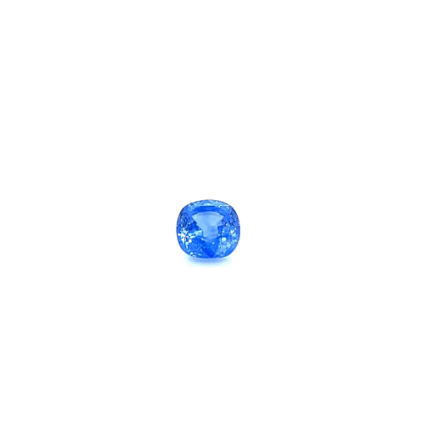
Sapphire Cushion | sq. Blue
blue-cushion sq.-Sapphire-1640
€2,296.00 3.28 ct8.02 x 8.02 x 5.64 mm - No Heat1 in stock
-
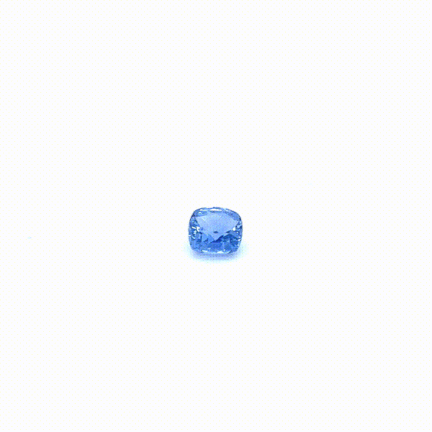
Sapphire Cushion | sq. Blue
blue-cushion sq.-Sapphire-1709
€1,110.00 1.85 ct6.80 x 6.79 x 4.21 mm - No Heat1 in stock
-
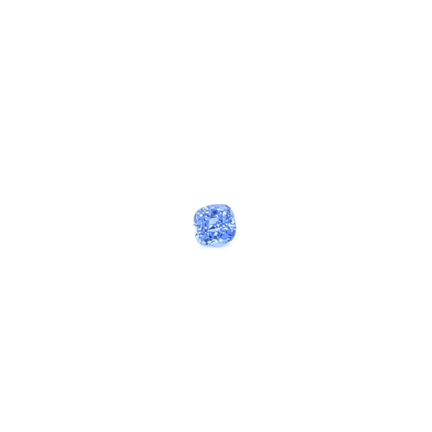
Sapphire Cushion | sq. Blue
blue-cushion sq.-Sapphire-1750
€708.00 1.18 ct5.51 x 5.41 x 4.32 mm - Heated1 in stock
-
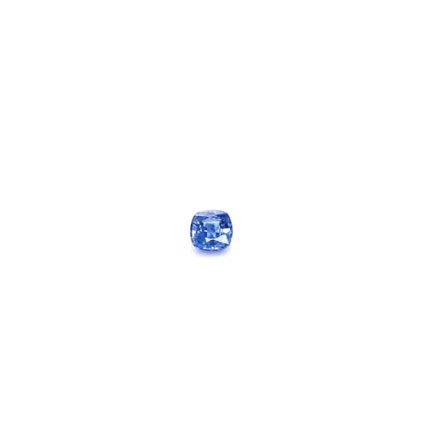
Sapphire Cushion | sq. Blue
blue-cushion sq.-Sapphire-835
€570.00 0.95 ct5.72 x 5.59 x 3.36 mm - Heated1 in stock
-
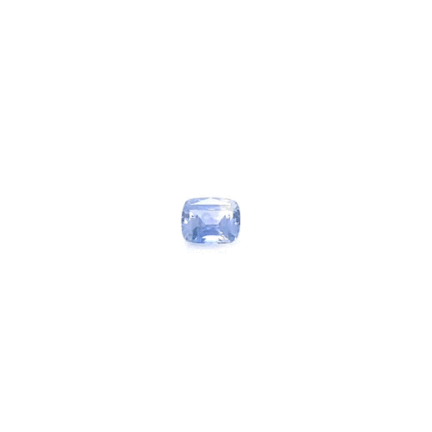
Sapphire Cushion Blue
blue-cushion-Sapphire-1031
€1,266.00 2.11 ct7.8 x 6.5 x 4.3 mm - Heated1 in stock
-
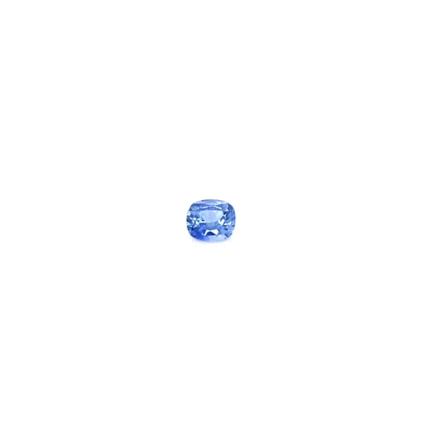
Sapphire Cushion Blue
blue-cushion-Sapphire-1119
€735.00 1.05 ct6.4 x 5.5 x 3.3 mm - Heated1 in stock
-

Sapphire Cushion Blue
blue-cushion-Sapphire-1261
€594.00 0.66 ct5.6 x 5.0 x 2.9 mm - Heated1 in stock
Our Sapphire Collections by Color
Loose Sapphires
As one of the ‘big three gemstones’, sapphires share the spotlight with rubies and emeralds. The colors of sapphires are derived from traces of titanium and iron found in their crystal structure - a characteristic found in gems of the corundum family.
With a hardness of 9 on the Mohs scale, second only to diamonds, sapphires make a remarkable inclusion for a wide assortment of jewelry ranging from engagement rings to statement necklaces. Sapphires also make a great impression as standalone gemstones that can be used for showcase and status.
Historical Importance of Sapphire
In ancient and modern history, sapphires have been widely accepted as symbols of nobility, honesty and loyalty. Since then, sapphires have been worn by both clergy and royalty for centuries. Ancient Romans trusted blue sapphire to protect them from envy and harm, while the Greeks believed it to be connected to Zeus, the King of Gods. However, as per the importance of sapphires based on recent history, Prince Charles of the Kingdom of Great Britain gifting Lady Diana Spencer a ring with a Ceylon Blue Sapphire during their engagement is considered to be a significant and iconic moment in the history of sapphires as well.
Types of Loose Sapphires
1. Blue Sapphires
Blue Sapphires are loved for their rich blue hues that are linked to royalty and elegance. Cornflower Blue Sapphire and Ceylon Blue Sapphire are come of the most popular ones.
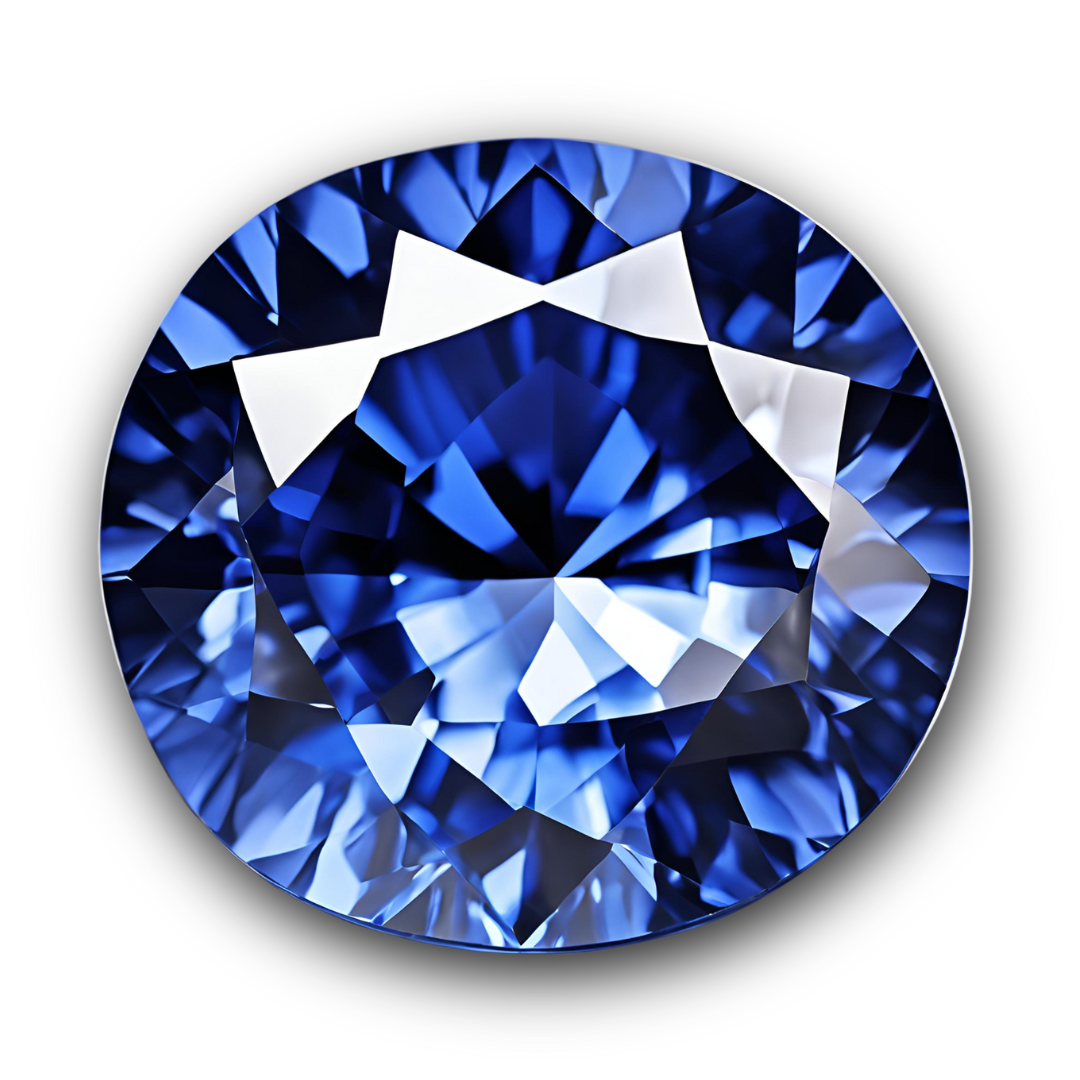
2. Yellow Sapphires
The intensity of the yellow determines the value of these precious gemstones, making the bright canary yellow the mostvaluable yellow sapphire.
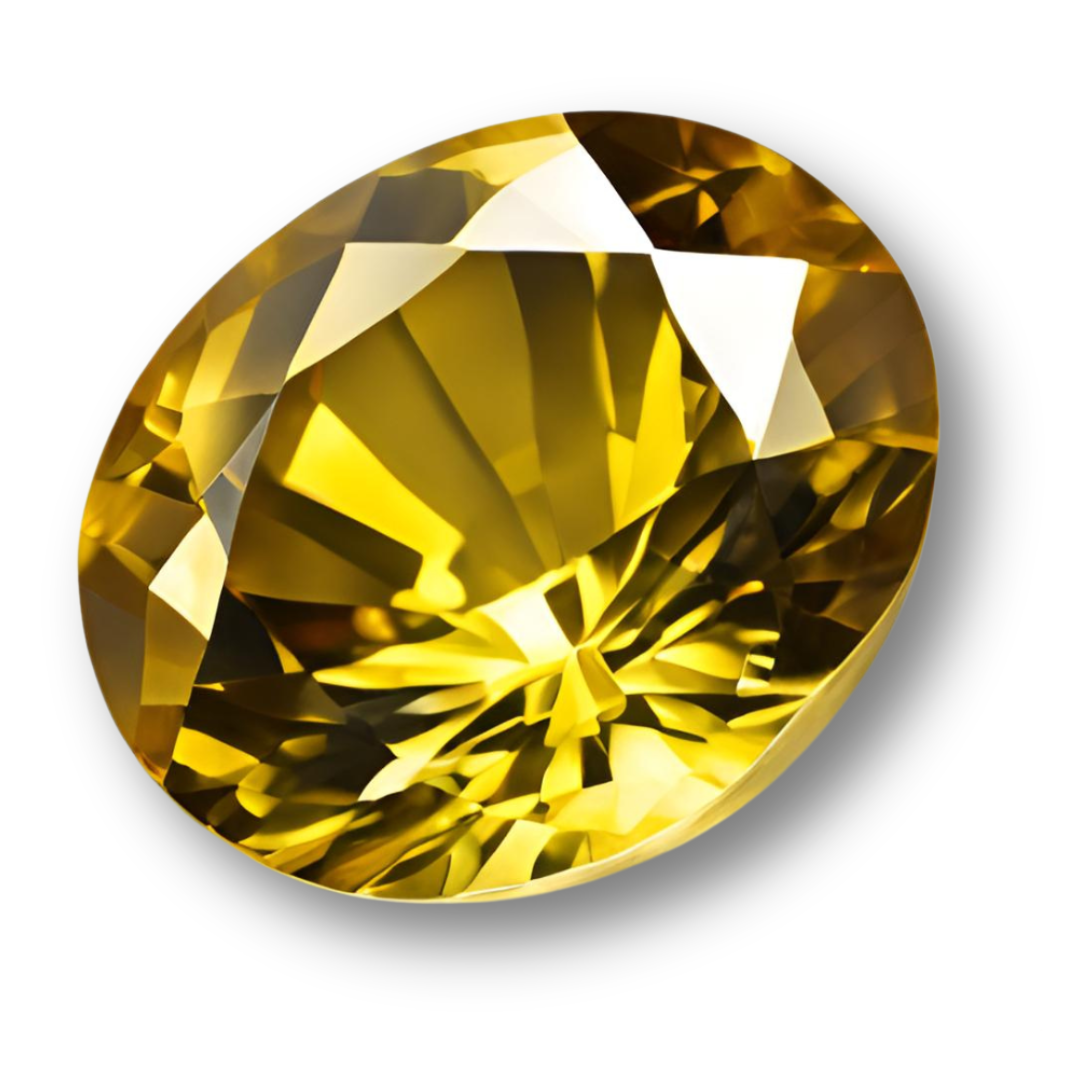
3. Pink Sapphires
With a hue that isn’t as deep as a ruby, pink sapphires come in delicate pastel pinks to vivid magentas, making them the perfect gemstone for jewellery expressing romantic gestures.
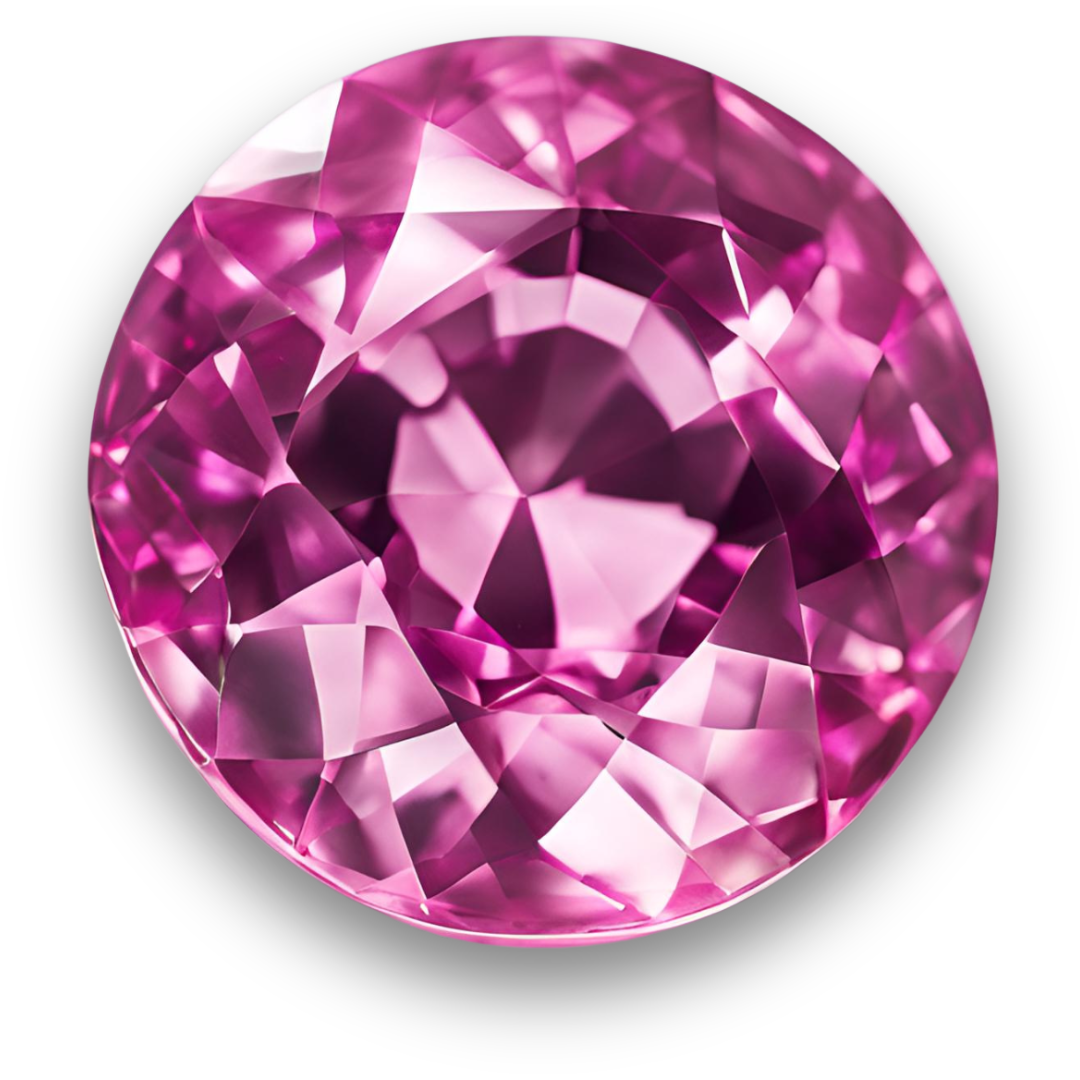
4. Purple Sapphires
Prized for their unique hue and beauty, the rare and captivating purple Sapphire makes a superior investment especially for those seeking peace and healing - a purple sapphire’s significance.
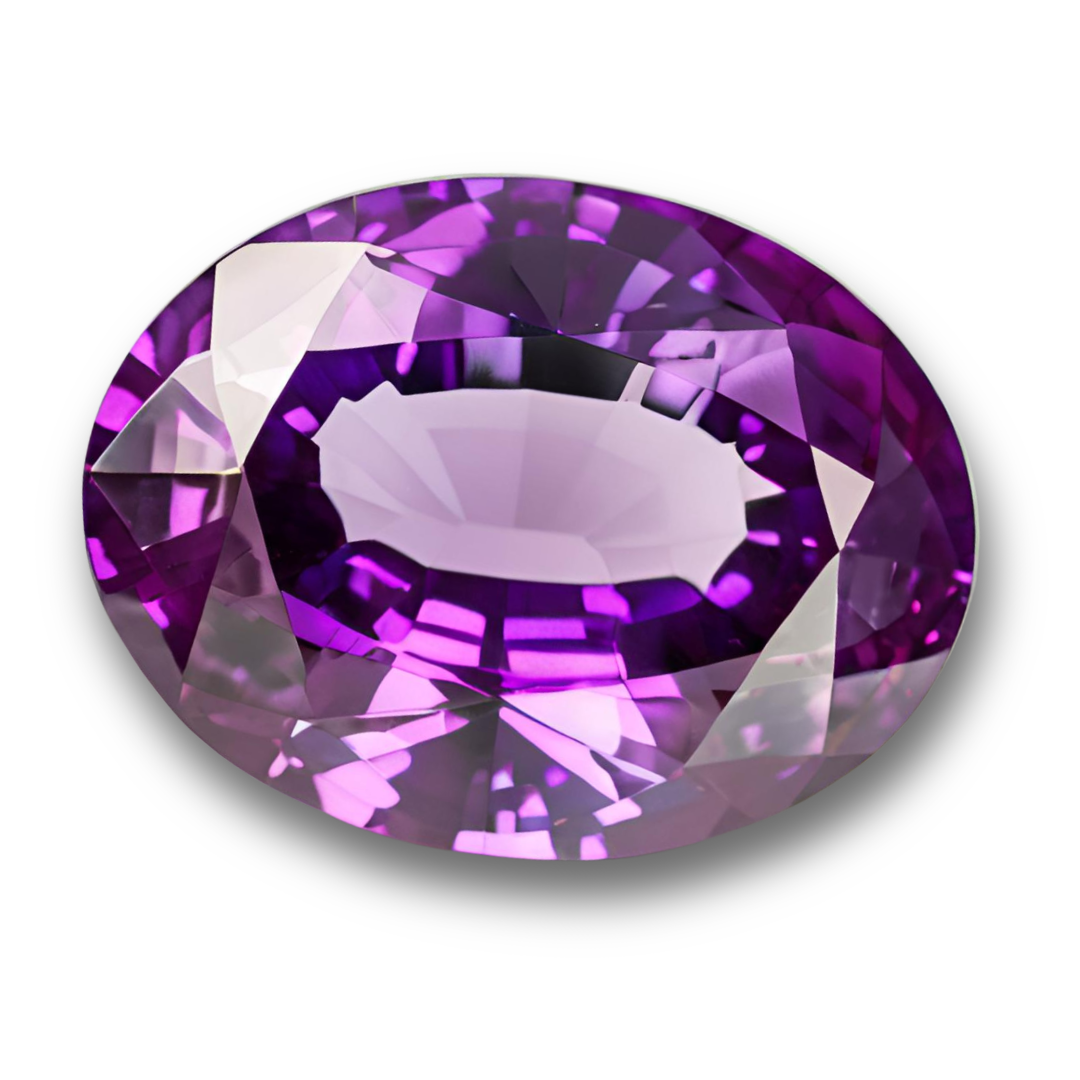
5. White Sapphires
Essentially colourless, with no trace elements in its mineral composition, white sapphires are a preferred alternative to diamonds, with similar durability at a more affordable price tag.
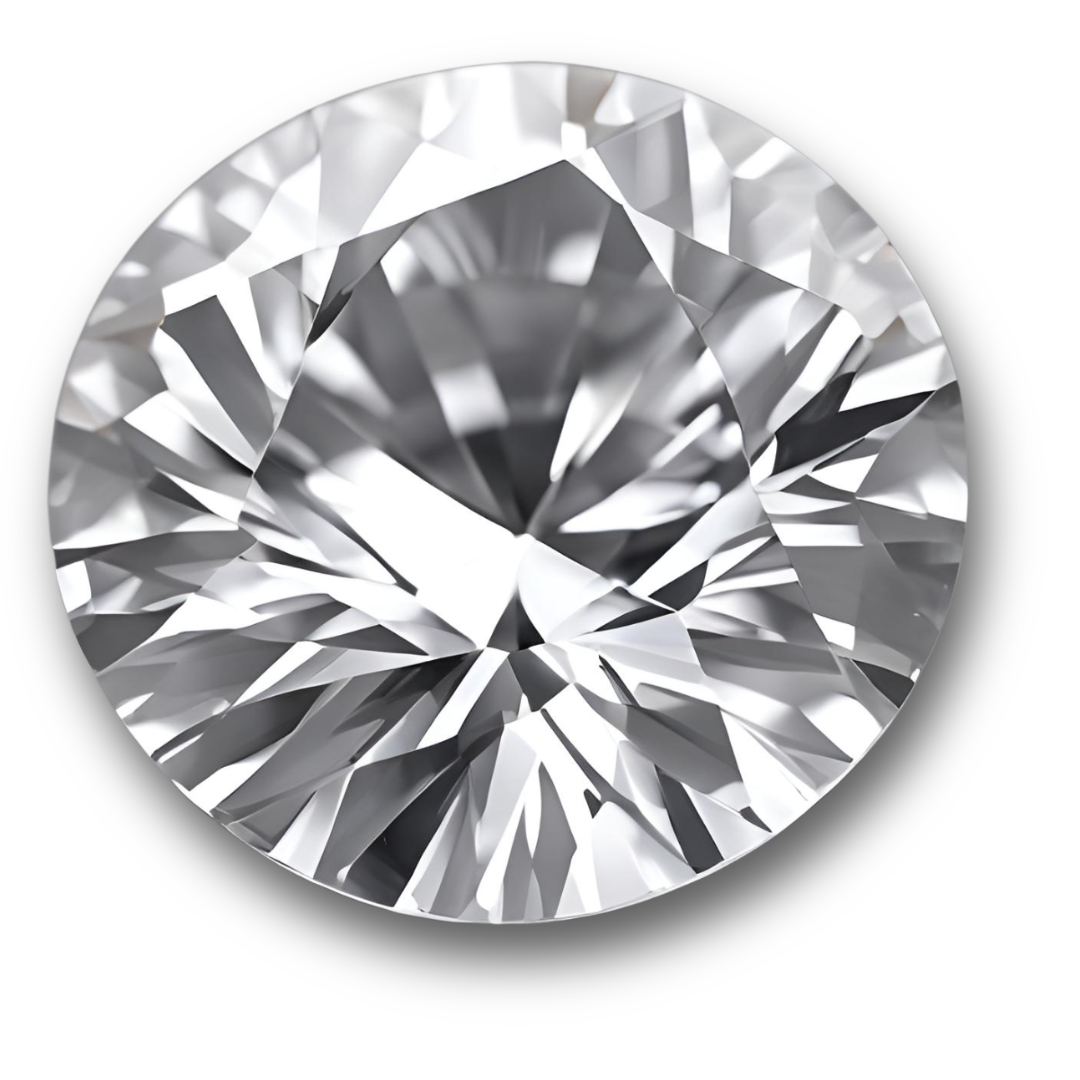
6. Orange Sapphires
Incredibly rare and equally exciting, orange sapphires display a deeply warm and fiery glow that is sure to catch peoples’ attention.
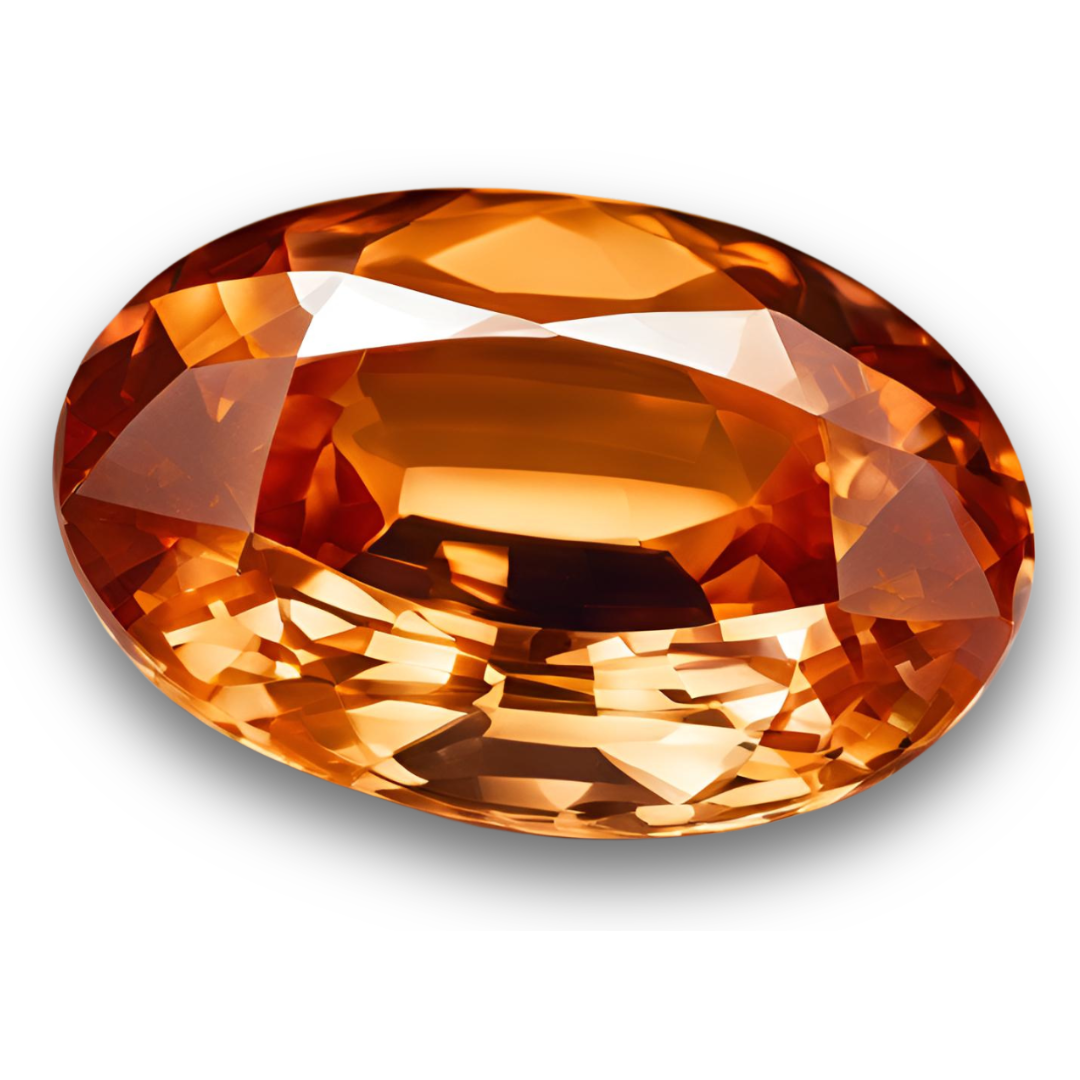
7. Green Sapphires
Available in a range of hues from light mint to dark forest green, green sapphires are much more affordable compared to others and are a more durable alternative for emeralds.
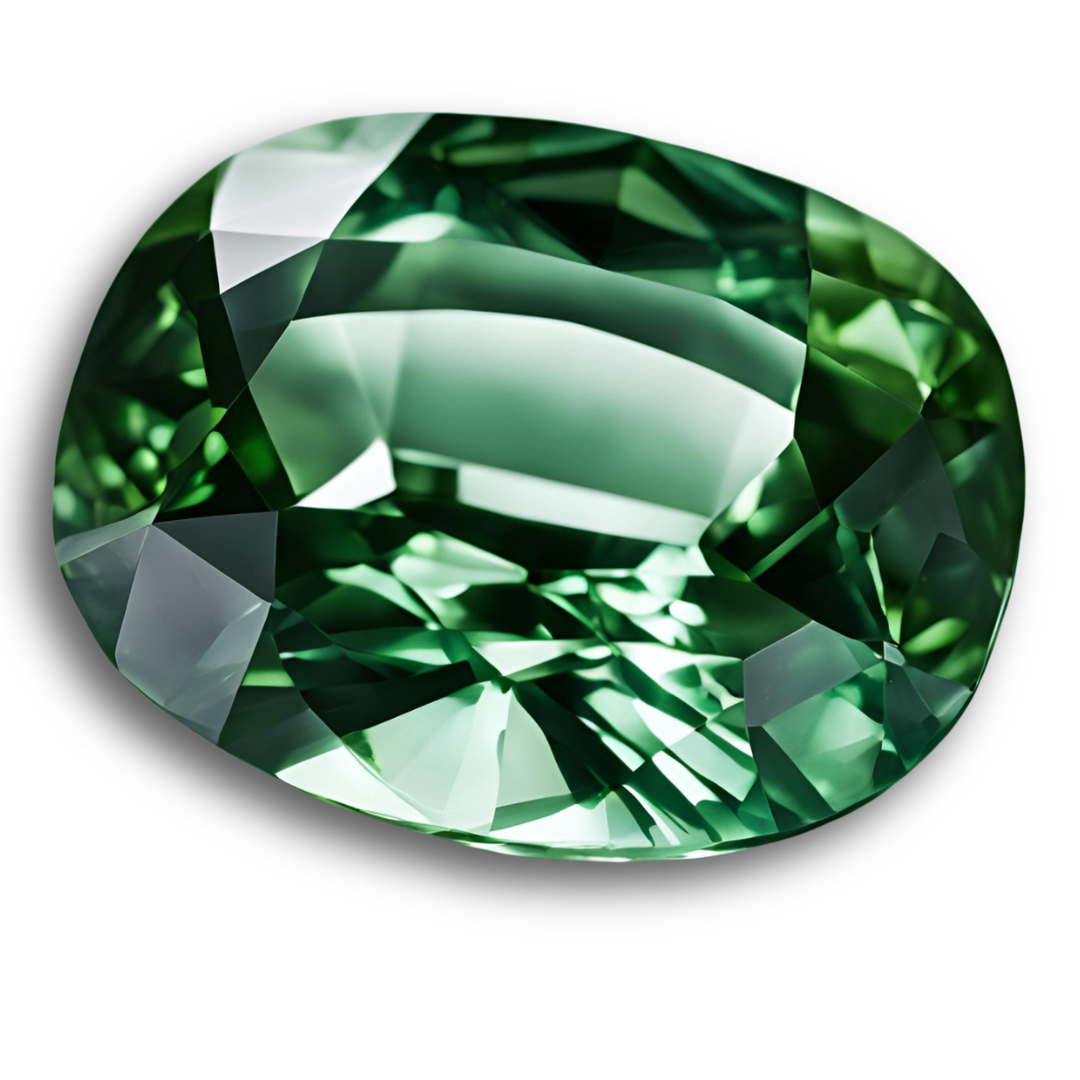
8. Padparadscha Sapphires
Possibly the rarest and the most desired sapphire, the Padparadscha is highly sought after for its uniquely mesmerizing pinkish-orange color.
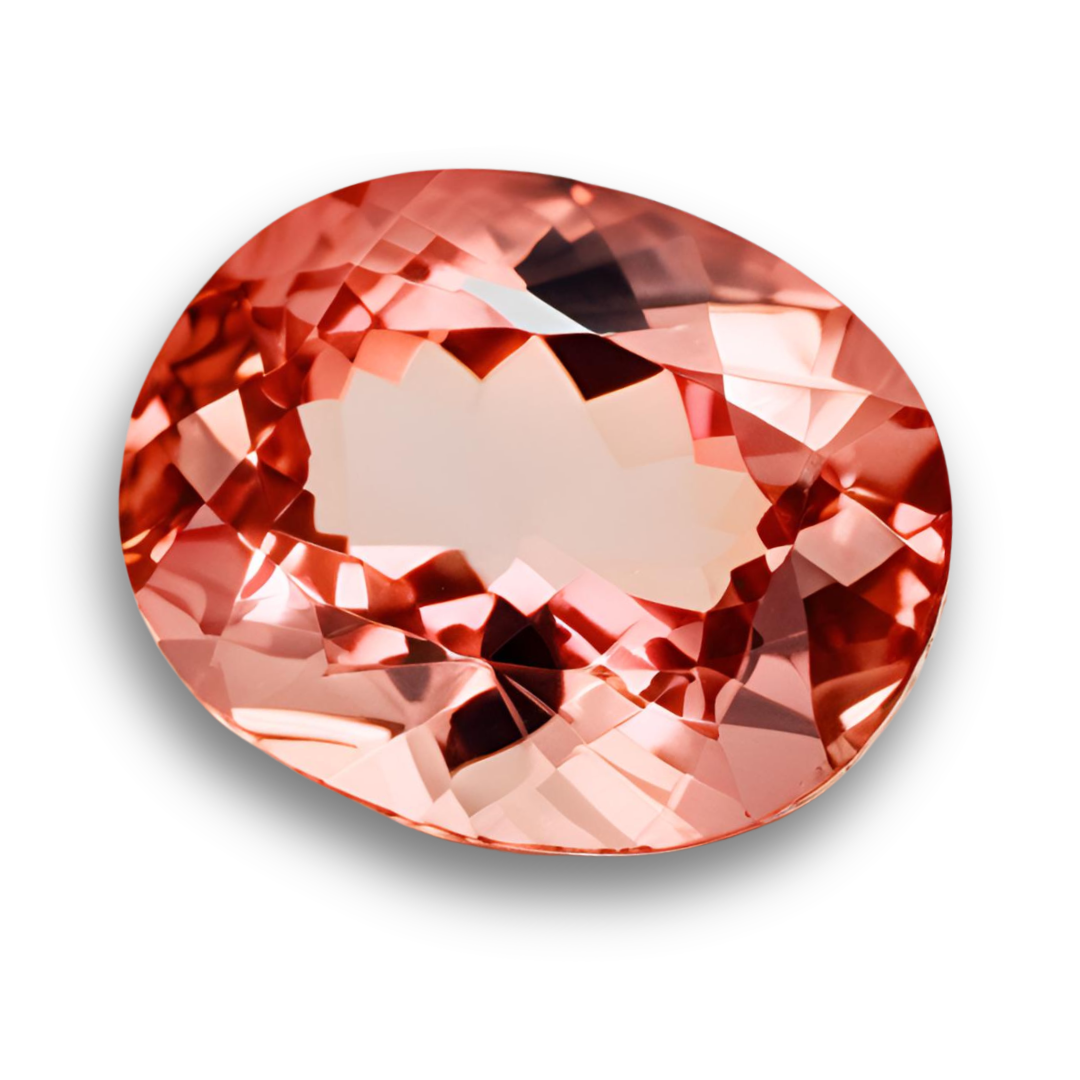
9. Bi-color Sapphires
Bi-color sapphires show two colors that are visible to the naked eye and don’t change under different lighting conditions.
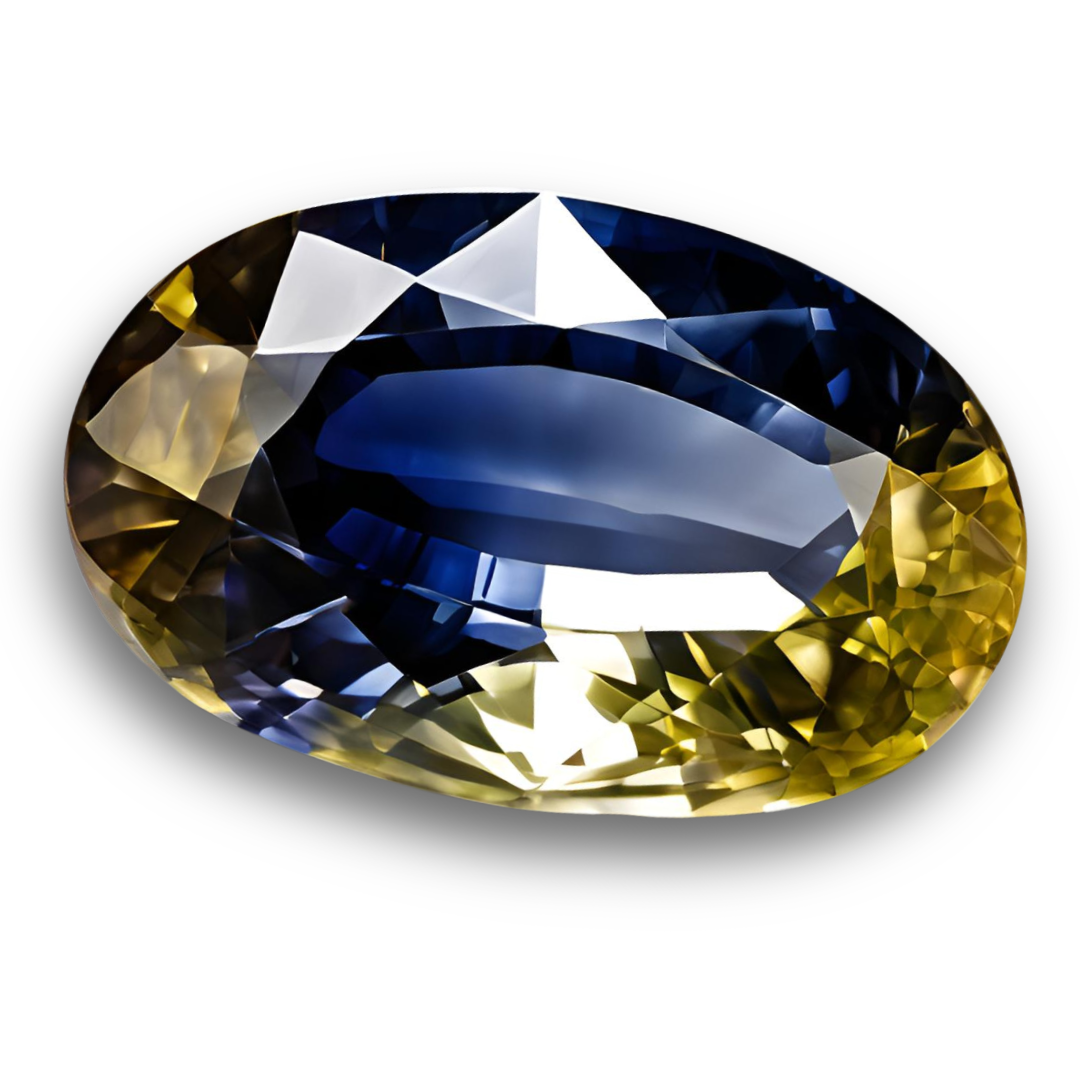
10. Color Changing Sapphires
These sapphires appear in different colors under different lights, typically shifting from blue in daylight to purple under artificial light.
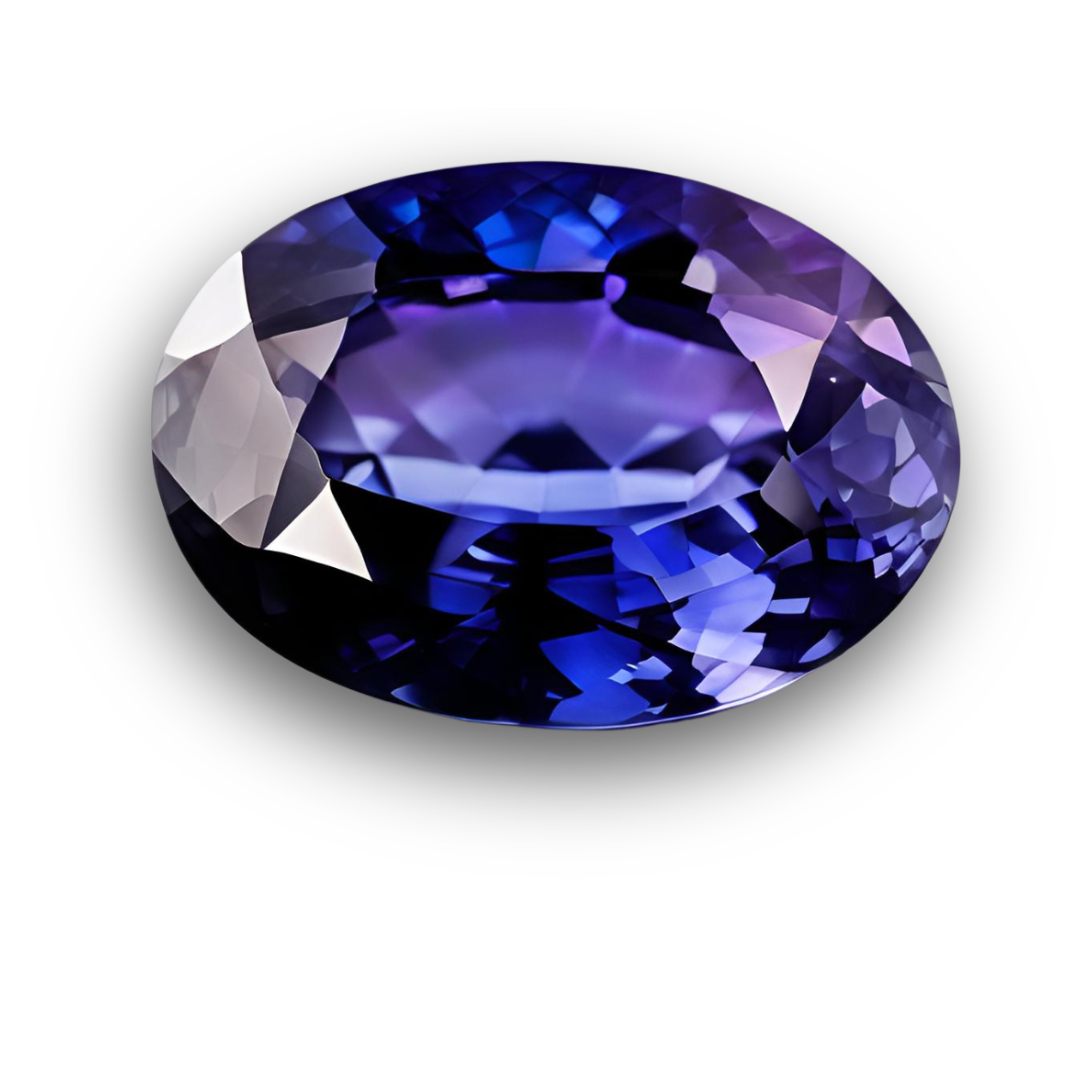
11. Star Sapphires
Star sapphires get their name from the distinct star-like pattern on their surface caused by the needle-like inclusions within the gemstones, positioning them as a favorite for unique jewelry pieces.
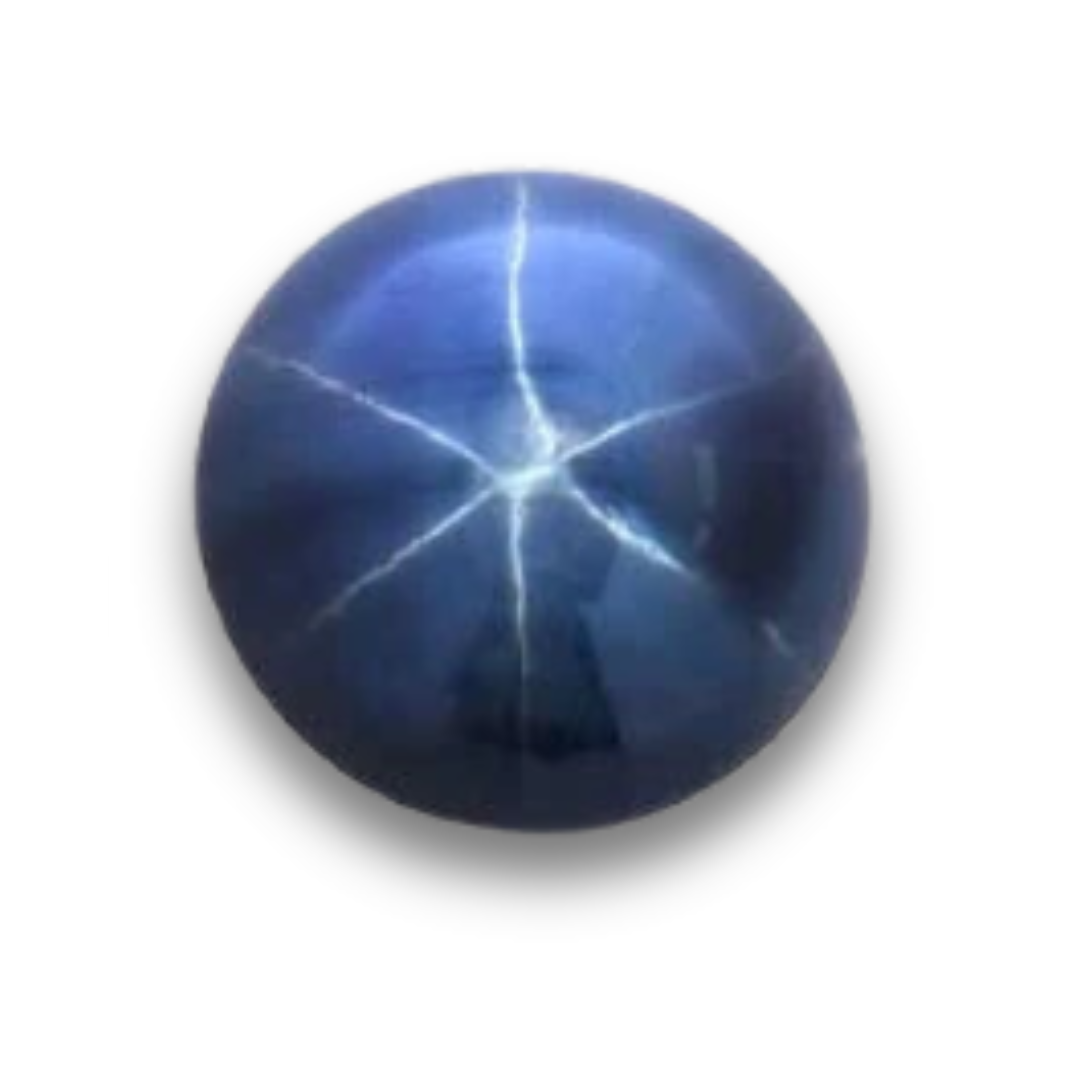
Quality and Value of Sapphires
The value of a sapphire is determined by four main factors (4C's) .
1. Color
Color reigns supreme in sapphire valuation, with the most vivid and saturated sapphires such as deep blue sapphires and the Padparadscha being some of the most valuable gemstones with a demand that allows it to have high price tags.
2. Carat Weight
The weight of the gemstone doesn’t necessarily define the value of the sapphire, but the per carat price increases with the overall carat weight of the stone. Accurately determining the size of the sapphire is important to create beautifully designed jewelry pieces. Follow our sapphire size guide as a guideline to evaluate the size and weight of your jewelry pieces.
3. Cut
A well-cut sapphire reflects light beautifully, enhancing the color of the gemstone. Some of the most popular cuts and shapes of sapphires are oval, cushion and round shapes which elevates the beauty of this precious gemstone.
4. Clarity
The optimal clarity gradings for sapphires are ‘very slightly included’ or ‘slightly included’. Inclusions play both a negative and positive role in enhancing the beauty and brilliance of a sapphire; it could add character to the color of the gemstone while also affecting the clear visibility of its surface.
In addition to the 4C’s, there are two more factors that can impact the value of a sapphire.
5. Origins and Sources
Depending on the country of source, each sapphire carries unique characteristics. The most popular mining sources for sapphires are Sri Lanka, India, Myanmar, and Madagascar. As consumers become more conscious of their consumption patterns, ethically mined gemstones are becoming more sought after.
6. Natural vs Treated Sapphires
Natural sapphires are sapphires that haven’t undergone any artificial treatments, including heat treatments - the most common way to improve the color and clarity of the gemstone. If they do undergo such treatments, they are called treated sapphires. The best way to identify treatments imposed on these gemstones would be to refer to certifications or reports that accompany the gemstone.
Astrological and Symbolic Significance
As the birthstone of September, Sapphires symbolize loyalty, wisdom and nobility.
Sapphires are believed to carry healing powers and symbolize wisdom, royalty and protection. Medieval Europeans accepted sapphires as the cure for plague boils, eye diseases and an antidote to poison, and their noblemen wore sapphire jewelry to ward off envy and harm.
Purchasing and Authenticating Loose Sapphires
Sapphires are generally rare gemstones, making it crucial for buyers to identify the difference between real, treated and synthetic sapphires. Real sapphires are naturally mined and should have inclusions, compared to synthetic sapphires.
When purchasing authentic sapphires, it’s imperative to seek certifications from reputed gemological laboratories that verify the stone’s authenticity, origin and treatment history. CEYLONS’ sapphires are certified by DSEF, Swiss Gemological Institute (SSEF), Gübelin, GRS, GIA, AGL, and ICA serving as a testament to our commitment to providing good quality natural gemstones .
Investing in Sapphires
Unlike other assets, rare high-quality sapphires often appreciate over time given their historical and cultural significance, making them a stable and tangible investment. During recent recessions, the market value of many colored gemstones has increased as investors have looked for alternative forms of storing their wealth, making certain gemstones and gemstone jewelry a good investment option . Currently, loose sapphires sell for between $400 - $12,000 per carat, depending on their color, clarity, carat weight, and country of origin.
Care and Maintenance
Sapphires are durable gemstones. However, maintaining the gemstone and jewelry with proper care is crucial to preserve their brilliance and durability.
Sapphires should be kept away from harsh chemicals which can dull the stone’s surface or damage the setting. Regular cleaning with warm, soapy water is the safest way to clean these precious gemstones. Alternatively, jewelers can use ultrasonic and steam cleaners for untreated and heat-treated stones. Always store the jewelery away from other pieces and keep loose sapphires separate from each other, ideally in a soft cloth pouch or lined jewelery box, to prevent them from scratches and minor wounds.,
Trusted by 300+ businesses in the Industry
FAQ
What is a Sapphire Gemstone?
Sapphires, with their mesmerizing deep blue hues, are truly cherished worldwide. As a type of corundum, these gems showcase exceptional durability. For generations, they have captivated admirers with their elegance and versatility, making them a highly sought-after gem for exquisite jewelry pieces such as royal heirlooms, and cherished personal accessories.
What is the color of sapphire?
However, sapphires present a fascinating spectrum of colors beyond blue. From sunny yellows and warm oranges to regal purples and serene greens, these vibrant hues showcase the gemstone’s diversity and allure. Additionally, colorless and black sapphires are also available, offering unique options for distinctive jewelry creations.
Among the remarkable sapphire varieties, the Padparadscha Sapphire and bi-colored sapphires stand out. The Padparadscha’s exquisite blend of pink and orange hues evokes a breathtaking sunset, while bi-colored sapphires display captivating two-tone combinations, adding a touch of artistic flair to these already enchanting gemstones.
The color of a sapphire significantly impacts its value and price. Rare and intense colors, like Padparadscha sapphires, command high prices due to their scarcity and desirability. In contrast, more common colors might be relatively affordable.
How much does a Sapphire Cost?
The pricing of sapphires is influenced by several crucial factors, with the 4C’s (Color, Clarity, Cut, and Carat weight) playing a significant role.
- Color: The most crucial determinant of a sapphire’s value is its color. Rich and vibrant hues, particularly the sought-after deep blue, command higher prices.
- Clarity: Clarity refers to the absence of inclusions or imperfections within the gem. Sapphires with excellent clarity and minimal flaws are more valuable and desirable.
- Cut: The skillful cut enhances a sapphire’s brilliance and overall appearance. Well-proportioned and precisely cut gemstones are more appealing, positively impacting their pricing.
- Carat Weight: Larger sapphires are rarer and, therefore, more valuable. As carat weight increases, so does the price per carat.
Additionally, sapphire treatments can also influence pricing. Natural sapphires are commonly heat-treated to enhance their color and clarity. While treated sapphires can be more affordable, untreated or minimally treated sapphires, especially those with rare colors and exceptional clarity, command premium prices among gem connoisseurs and collectors.
Where does Sapphires Originate from?
- Sri Lanka
- Myanmar (Burma)
- Madagascar
- Thailand
- Australia
- Tanzania
- Kenya
- Cambodia
- India
- United States (Montana)
Among these sources, Sri Lanka holds a significant position in the world’s sapphire production, boasting some of the oldest mines dating back at least 2,000 years. Renowned for its “Ceylon sapphires,” the country offers a wide range of sapphire colors, including mesmerizing blues and delicate pastel hues. The island nation’s contribution to the global sapphire market has made it a cherished destination for enthusiasts and collectors seeking exquisite gemstones with a touch of Sri Lankan allure.
Why are sapphires so popular in jewelry?
Sapphire as Birthstones and Anniversary Gifts?
Sapphire holds the esteemed title of being September’s birthstone, symbolizing sincerity, truth, faithfulness, and nobility. If you have a special someone celebrating their birthday in September, gifting them sapphires would hold a deeper meaning.
Furthermore, sapphires play a significant role as traditional gifts for important wedding anniversaries. Couples commemorating their 5th anniversary often receive sapphire jewelry, signifying the strength and stability of their bond. Additionally, the 45th anniversary is marked with sapphires, symbolizing enduring love and commitment after a lifetime of cherished moments and memories.
How do you take care of a sapphire?
To maintain the luster and brilliance of your sapphire jewelry, follow these essential tips:
Cleaning:
- Use a mixture of warm water and mild soap to gently clean your sapphire jewelry.
- Avoid harsh chemicals, such as household cleaners and perfumes, as they can damage the gemstone’s surface.
- After cleaning, pat your sapphires dry with a soft, lint-free cloth to prevent water spots.
- Polish the gemstone with a clean soft cloth to restore its natural shine.
- Clean your sapphires regularly to remove dirt and oils that may dull their shine.
Proper Storage:
- Store sapphire jewelry separately in individual fabric-lined compartments to prevent scratches and abrasion.
- Consider using a jewelry box with dividers or soft pouches for added protection.
Avoid Impact:
- Remove your sapphire jewelry before engaging in rigorous activities or sports to prevent accidental damage.
- Avoid wearing sapphires when doing household chores or handling heavy objects.
By following these care tips, you can ensure that your sapphire jewelry remains exquisite and radiant, standing the test of time and becoming cherished heirlooms for future generations.

